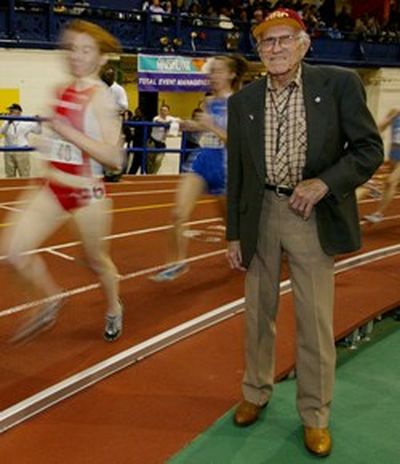Who or what determines the unbroken?

Just finished Unbroken: A World War II Story of Survival, Resilience and Redemption by Laura Hillenbrand, author of the bestselling “Seabiscuit” made into a well-loved movie.
Here’s a summary of Unbroken, from a New York Times review:
In late May 1943, the B-24 carrying the 26-year-old (Louis) Zamperini went down over the Pacific. For nearly seven weeks — longer, Hillenbrand believes, than any other such instance in recorded history — Zamperini and his pilot managed to survive on a fragile raft. They traveled 2,000 miles, only to land in a series of Japanese prison camps, where, for the next two years, Zamperini underwent a whole new set of tortures. His is one of the most spectacular odysseys of this or any other war, and “odyssey” is the right word, for with its tempests and furies and monsters, many of them human, Zamperini’s saga is something out of Greek mythology.
Why, in horrific situations, do some people survive and others perish pretty quickly, even when faced with the same indignities? Short answer: It’s complicated — and fascinating. The book stays with you for days and you can’t put it down and it’s not as difficult to read the torture descriptions, as I feared.
Do I dare say it would even be a good beach book? I dare.
(AP photo, from 2003, of Zamperini who was also an Olympics contender in 1936 in Berlin)
* This story was originally published as a post from the blog "EndNotes." Read all stories from this blog